Bringing a new reptile into your home is an exciting experience, but it can be stressful for your scaly friend. Unlike mammals, reptiles perceive and process environmental changes differently, making their adjustment period unique. Whether you’ve adopted a bearded dragon, leopard gecko, ball python, or another reptile species, providing the right conditions and care during the first few weeks is crucial for their health and wellbeing. This comprehensive guide will walk you through essential steps to help your new pet reptile settle into their habitat comfortably, reduce stress, and establish a foundation for a thriving relationship between you and your cold-blooded companion.
Understanding Reptile Stress During Transitions

Reptiles experience stress differently than mammals, often displaying subtle signs that can be easily missed by new owners. When moved to a new environment, reptiles may undergo significant physiological changes including elevated heart rates, hormonal fluctuations, and compromised immune responses. This stress, known as “relocation stress syndrome,” can manifest through behaviors like decreased appetite, hiding excessively, aggressive displays, or unusual coloration changes. For instance, bearded dragons may darken their skin, while some species might freeze in place or exhibit rapid breathing when stressed. Understanding these natural responses is the first step in helping your reptile adjust, as it allows you to recognize when intervention might be necessary versus when your pet simply needs time to acclimate.
Preparing the Perfect Habitat Before Arrival
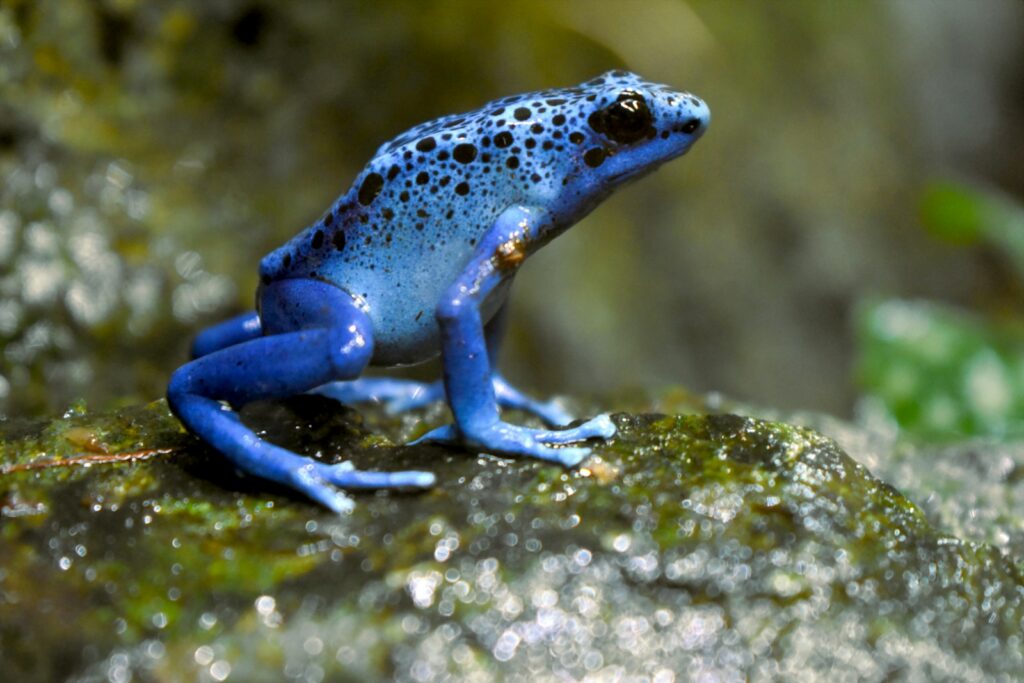
Setting up your reptile’s enclosure completely before bringing them home is crucial for a smooth transition. The habitat should be fully operational for at least 24-48 hours prior to your reptile’s arrival, allowing temperatures and humidity levels to stabilize. This preparation period gives you time to verify that heating elements, UVB lighting, temperature gradients, and humidity levels are appropriate for your specific species. Include proper substrate, hiding spots on both the warm and cool sides of the enclosure, appropriate climbing structures, and water sources based on your reptile’s natural habitat and needs. A properly prepared environment minimizes the adjustments your reptile needs to make, allowing them to focus on getting comfortable rather than coping with suboptimal conditions.
The Hands-Off Adjustment Period
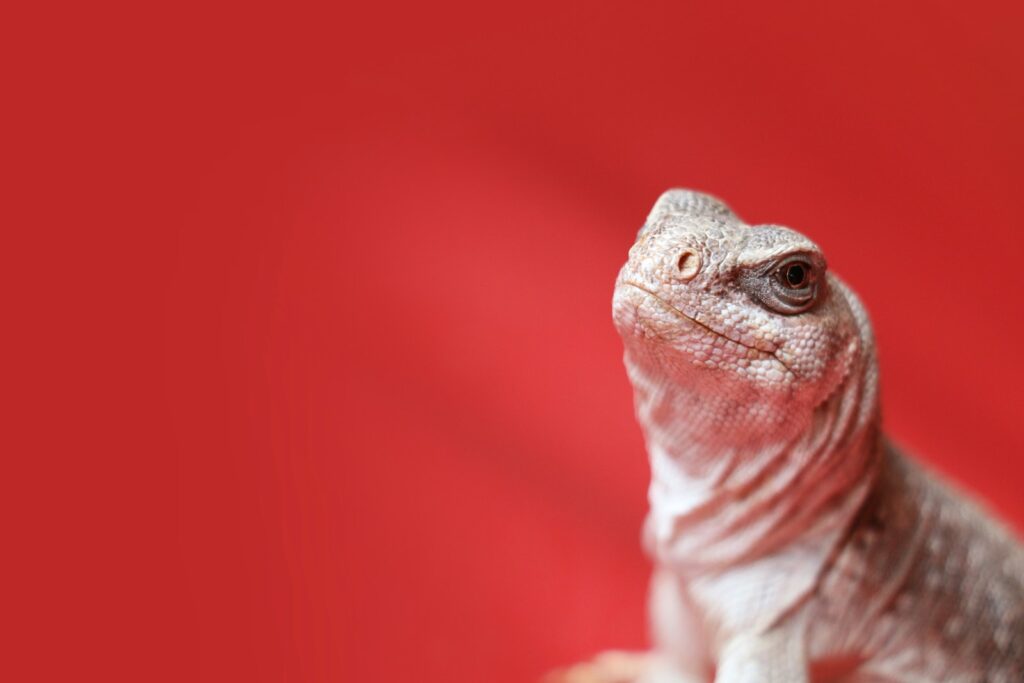
One of the most important yet often overlooked aspects of reptile adjustment is providing an initial hands-off period. Most reptiles benefit from approximately 7-14 days of minimal handling after being introduced to their new home. During this time, limit interaction to necessary maintenance like spot cleaning and food/water changes, performing these tasks quickly and with minimal disruption. This adjustment period allows your reptile to explore their environment at their own pace, establish territories within their enclosure, and recognize the habitat as a safe space. Premature handling can significantly increase stress levels, potentially leading to health issues or behavioral problems such as food refusal or defensive aggression. Remember that patience during this initial phase lays the groundwork for a trusting relationship in the future.
Maintaining Optimal Environmental Parameters
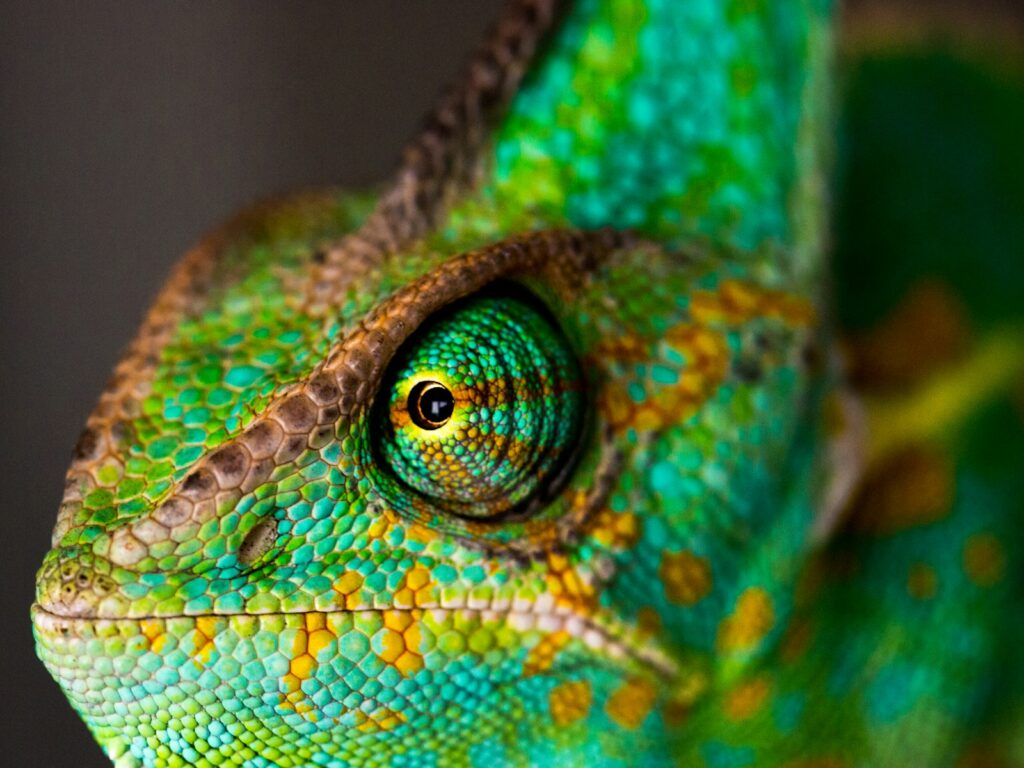
Consistent environmental conditions are paramount when helping a reptile adjust to a new home. Use reliable thermometers and hygrometers placed at both the basking spot and cool end of the enclosure to monitor temperature gradients, ensuring they remain within the species-specific recommended ranges. For many species, proper temperature gradients are more important than a single “ideal” temperature, as they allow the reptile to thermoregulate naturally by moving between warmer and cooler areas. Similarly, maintain appropriate humidity levels for your species, which might require daily misting, a larger water dish, or humidity-retaining substrates. Avoid sudden environmental fluctuations by placing the enclosure away from drafty windows, heating/cooling vents, or areas that receive direct sunlight at certain times of day, which can cause temperature spikes.
Creating Security Through Multiple Hiding Places
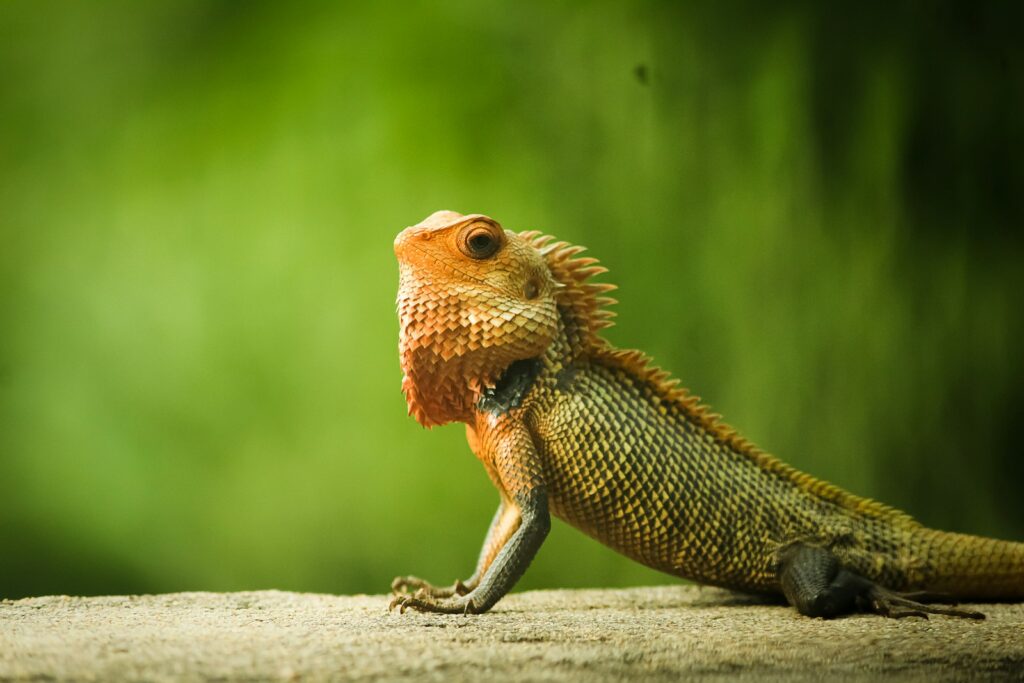
Reptiles rely heavily on hiding spots to feel secure in their environment, making this an essential component of stress reduction during the adjustment period. Provide at least two hide boxes – one on the warm side and one on the cool side of the enclosure – allowing your reptile to regulate its body temperature while still feeling protected. These hides should be appropriately sized; the reptile should be able to fit completely inside with minimal extra space, creating a snug environment that promotes security. Natural-looking hides like half logs, cork bark, or commercially available cave replicas work well, but even simple solutions like cardboard boxes can be effective temporary options. Some reptiles may initially use one hiding spot exclusively, which is normal behavior as they establish a “home base” in their new environment.
Establishing a Consistent Feeding Routine
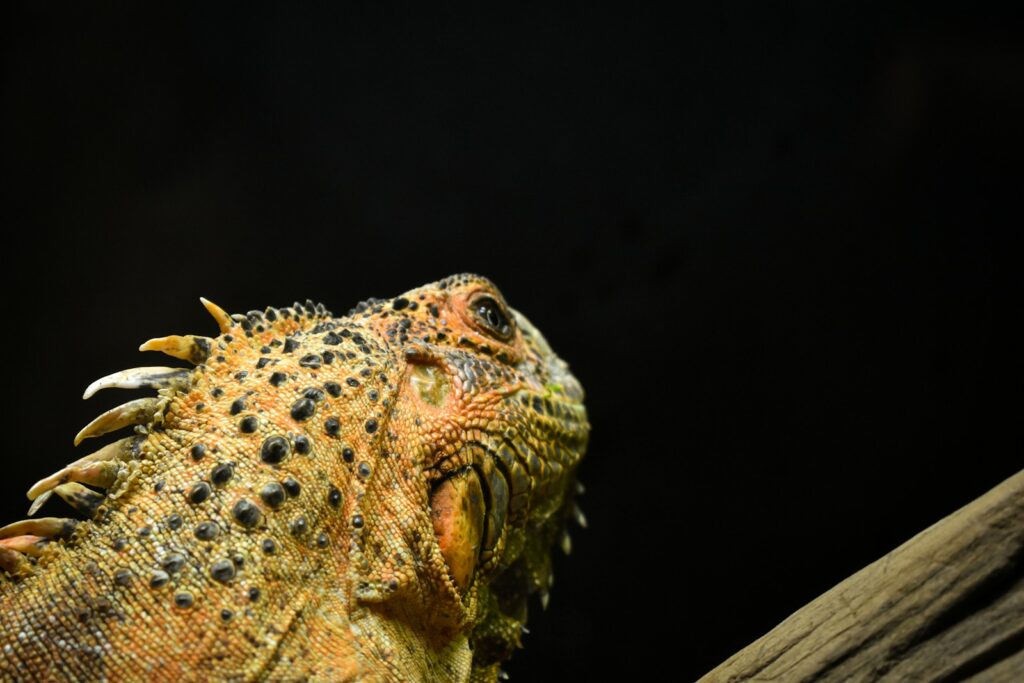
Many reptiles may refuse food during their first days or even weeks in a new environment, which is a normal stress response that shouldn’t cause immediate concern. Start by offering food at the same time and in the same manner you plan to maintain long-term, establishing consistency that helps your reptile develop a routine. For predatory species, begin with smaller prey items than they might normally eat, as these can be less intimidating and easier to digest during periods of stress. If your reptile refuses food initially, wait 2-3 days before offering again, and consider feeding during their most active period (often dawn or dusk for many species). Ensure all nutritional supplements like calcium or vitamin powders are properly administered from the beginning, as good nutrition supports immune function during the stressful transition period.
Introducing Handling Gradually and Respectfully
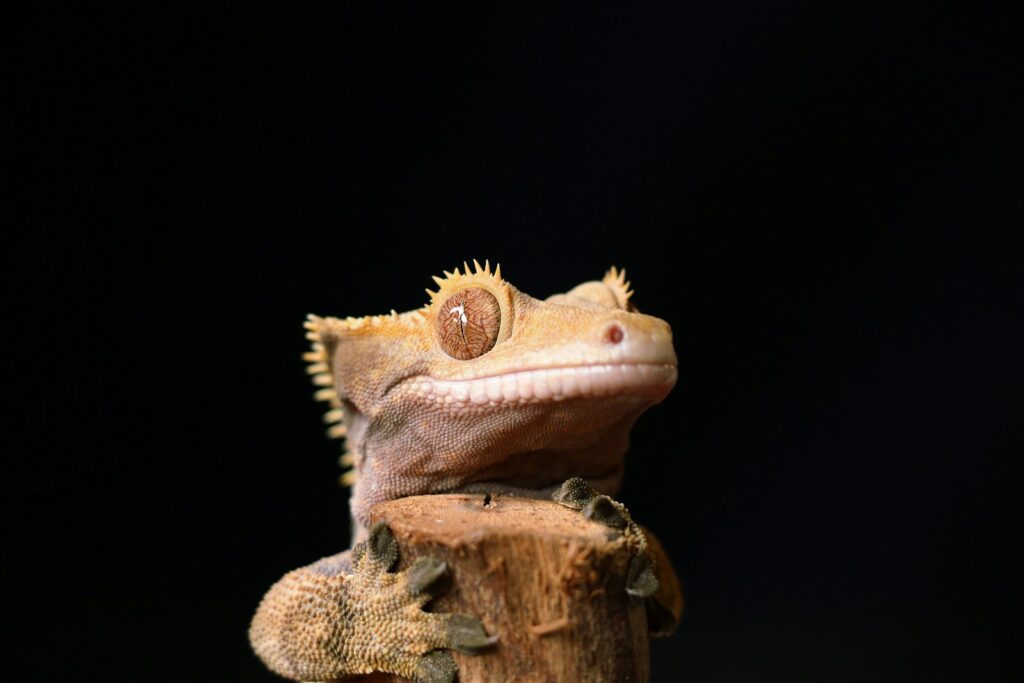
Once your reptile has had time to adjust to their new home, you can begin introducing handling sessions, which should be approached methodically and with respect for the animal’s comfort level. Start with very brief interactions, perhaps just placing your hand in the enclosure without touching the animal, allowing them to become familiar with your scent and presence. When you begin actual handling, keep the first sessions very short – just 1-2 minutes – and gradually increase duration as your reptile shows signs of comfort. Always support your reptile’s body properly, especially for species with delicate spines or limbs, and avoid handling from above, which can trigger predator defense responses in many reptiles. Pay close attention to body language during handling; signs like rapid breathing, attempting to flee, or defensive postures indicate the session should end immediately.
Monitoring Health During the Transition Period
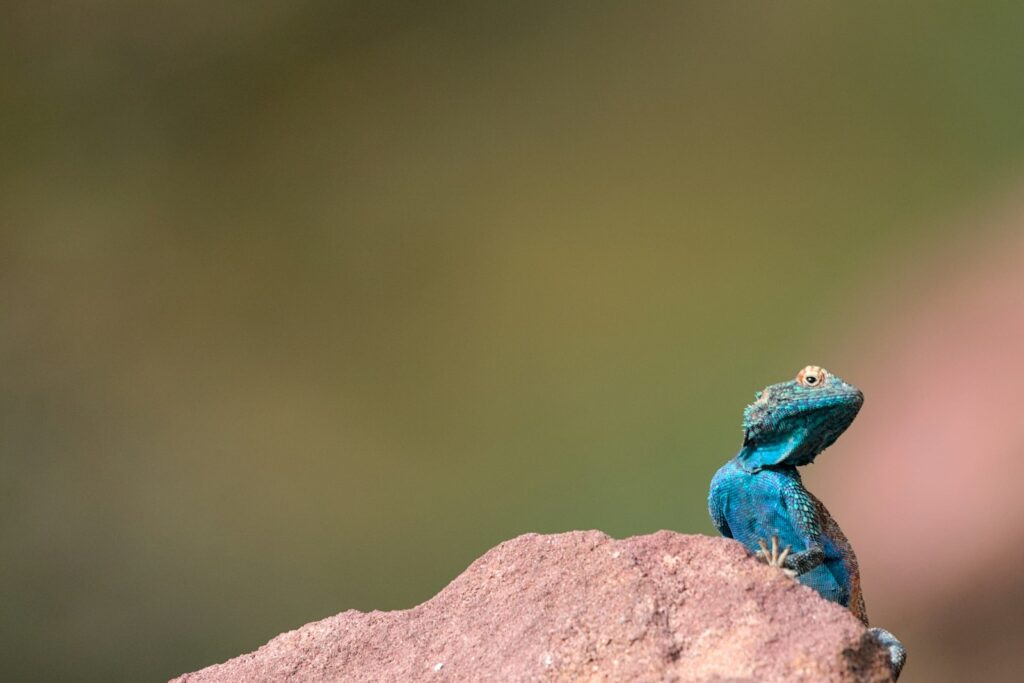
The adjustment period is a crucial time to establish health baselines and monitor for any concerning changes in your reptile. Document normal behaviors, appearance, and activity levels during the first few weeks, noting eating patterns, defecation frequency, shedding cycles, and typical resting positions. This information becomes invaluable for recognizing potential health issues early. Be particularly vigilant for signs of respiratory infections (wheezing, bubbles around nostrils, open-mouth breathing), unusual lethargy beyond normal adjustment, prolonged food refusal, or abnormal waste production. While some appetite reduction and increased hiding are normal during adjustment, extreme versions of these behaviors or any physical symptoms warrant veterinary attention. Finding a reptile-experienced veterinarian before an emergency arises is essential, as not all vets are familiar with exotic reptile species.
Minimizing Environmental Disruptions
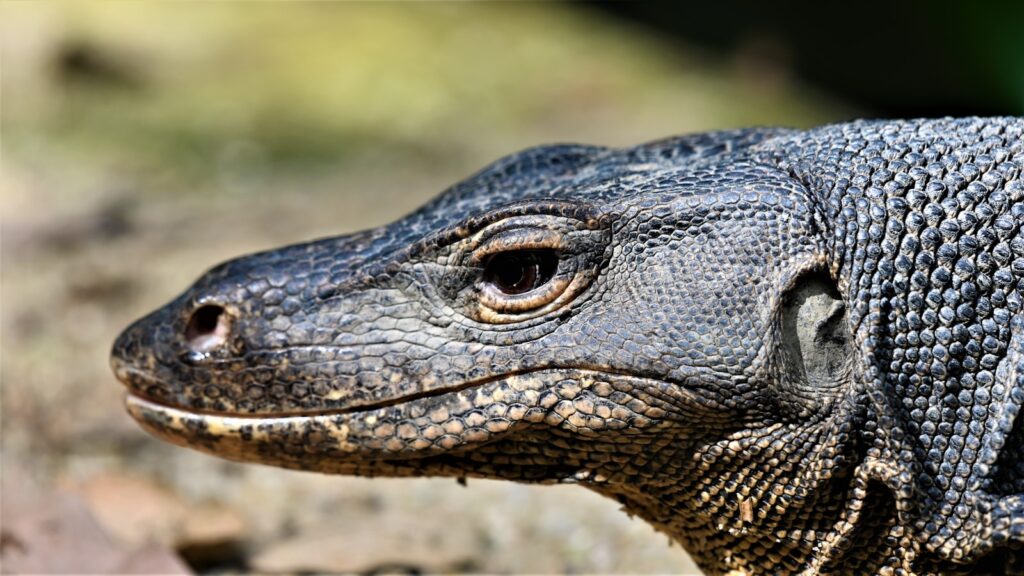
During the adjustment period, maintaining a calm, consistent environment around your reptile’s enclosure can significantly reduce stress levels. Place the habitat in a location with moderate activity – not in the busiest room of your home, but also not completely isolated. Avoid making loud noises near the enclosure, and caution household members, especially children, about tapping on glass or making sudden movements near the habitat. Consider covering part of a glass terrarium with paper to reduce the reptile’s feeling of exposure, particularly if the enclosure is in a high-traffic area. Minimize unnecessary changes to the enclosure layout during the first month, as reptiles often develop spatial memory of their surroundings and may become stressed when furniture or decor is rearranged frequently.
Using Scent and Familiarity to Ease Transitions

Reptiles rely heavily on their sense of smell to interpret their environment, making scent an important but often overlooked factor in helping them adjust. If possible, incorporate some familiar items from the reptile’s previous habitat, such as a favorite hiding spot or piece of décor that carries their scent. For reptiles obtained from breeders or previous owners, ask if you can take some of the used substrate to mix with new substrate in your enclosure, providing olfactory continuity. Some species benefit from having worn clothing items (like a t-shirt you’ve worn) placed near their enclosure initially, helping them become familiar with your scent before direct interaction. When cleaning the enclosure during the adjustment period, consider spot-cleaning rather than complete substrate changes to maintain some familiar scents in the environment.
Addressing Species-Specific Adjustment Needs
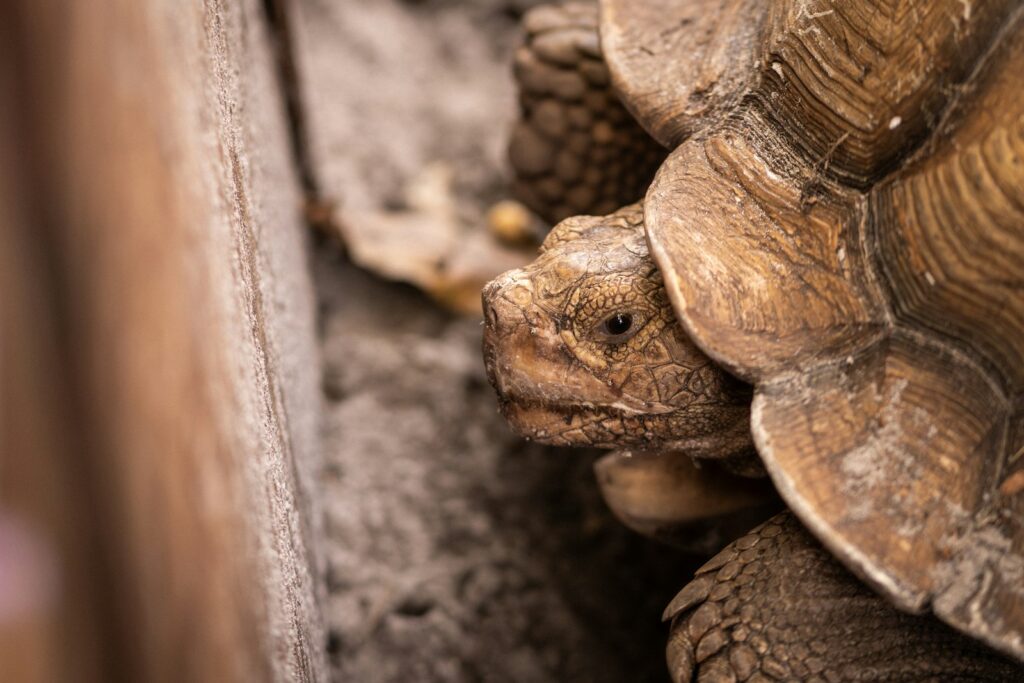
Different reptile species have unique requirements during the adjustment period based on their natural behaviors and stress responses. Arboreal species like chameleons and certain geckos may need more vertical hiding options and foliage cover to feel secure, while terrestrial species like tortoises might require more floor space and burrow opportunities. Nocturnal species should have their habitats situated away from daytime disturbances, with red or infrared lighting options for evening observation that won’t disrupt their natural cycles. Highly territorial species like some monitors or iguanas may take longer to accept their new space as territory, while naturally social species might adjust more quickly with appropriate enrichment. Research your specific species’ natural history and behavioral patterns to tailor your approach to their evolutionary adaptations and instinctual needs.
Building Trust Through Feeding Associations
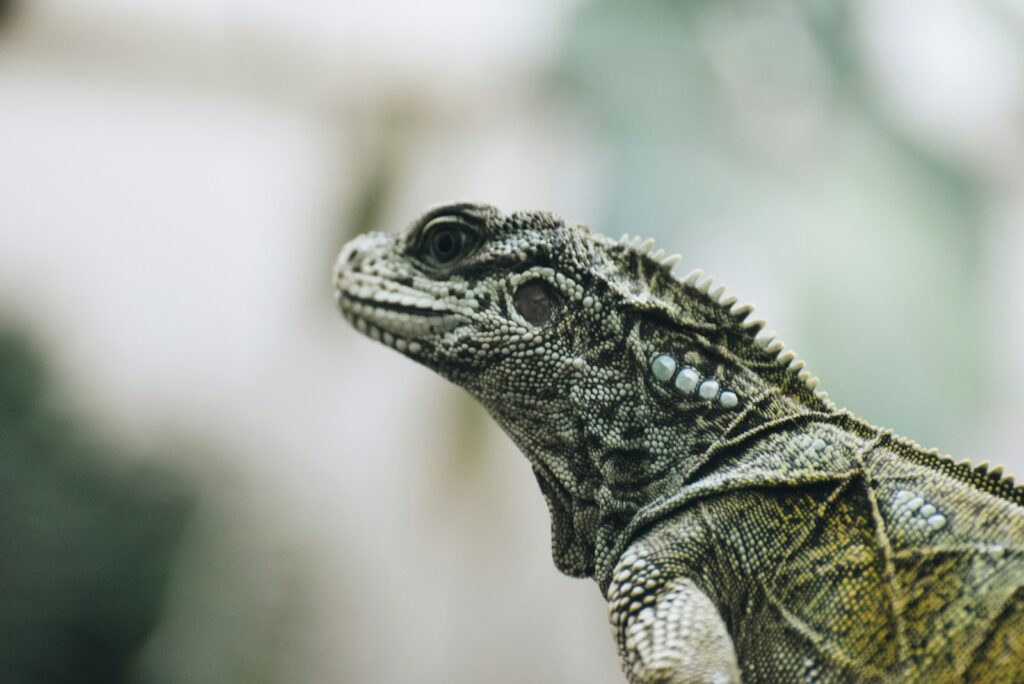
One of the most effective methods for building a positive relationship with your new reptile is through consistent, positive feeding associations. After the initial adjustment period, try hand-feeding appropriate reptiles using feeding tongs or tweezers, which helps them associate your presence with positive experiences rather than potential threats. Start by simply being visible during feeding times, then progress to offering food from a distance, and finally to controlled hand-feeding if appropriate for your species. Some reptiles, particularly certain lizard species, can be target-trained to associate a specific object with feeding time, reducing feeding response bites and creating structured interactions. Remember that not all reptiles become “tame” in the traditional sense – respect species that naturally maintain more distance while fostering appropriate levels of comfort based on their natural history.
When to Seek Professional Help
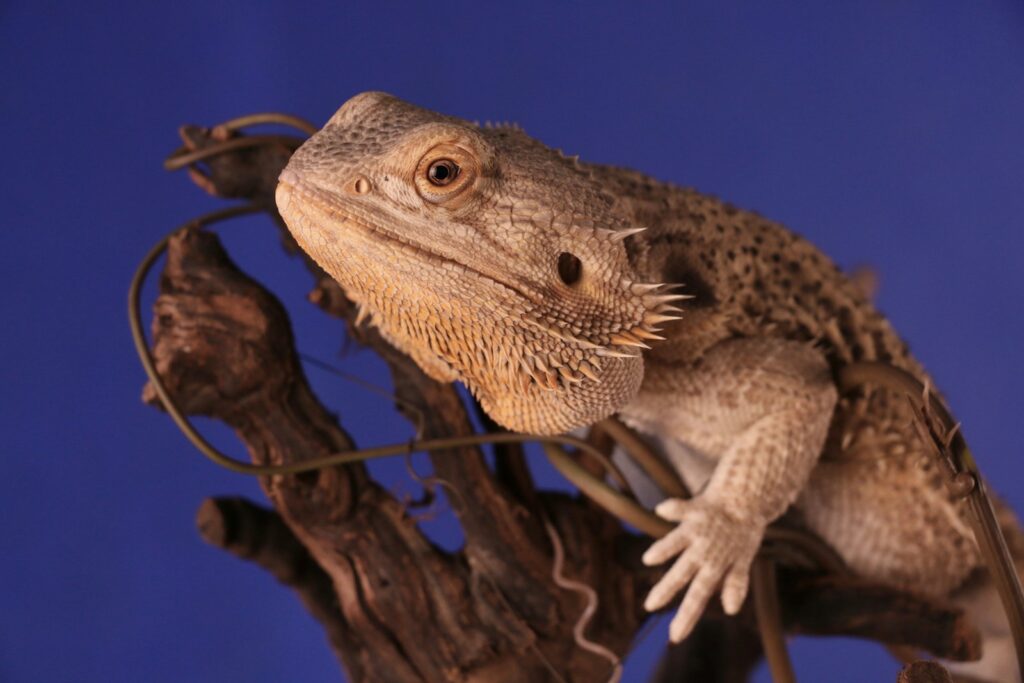
While adjustment periods vary widely between species and individual animals, certain signs indicate that your reptile may need professional veterinary intervention rather than simply more time to acclimate. Seek immediate veterinary care if your reptile shows signs of respiratory distress, significant weight loss (more than 10% of body weight), prolonged food refusal (beyond species-typical fasting periods), abnormal waste production, skin discoloration not associated with normal shedding, or unusual posturing or movements. Additionally, extreme behavioral changes like unprecedented aggression or complete lethargy that doesn’t improve over time warrant professional assessment. When selecting a veterinarian, ensure they have specific experience with reptiles, preferably your particular species, as improper treatment from non-specialized vets can sometimes cause more harm than good for exotic reptiles.
Conclusion
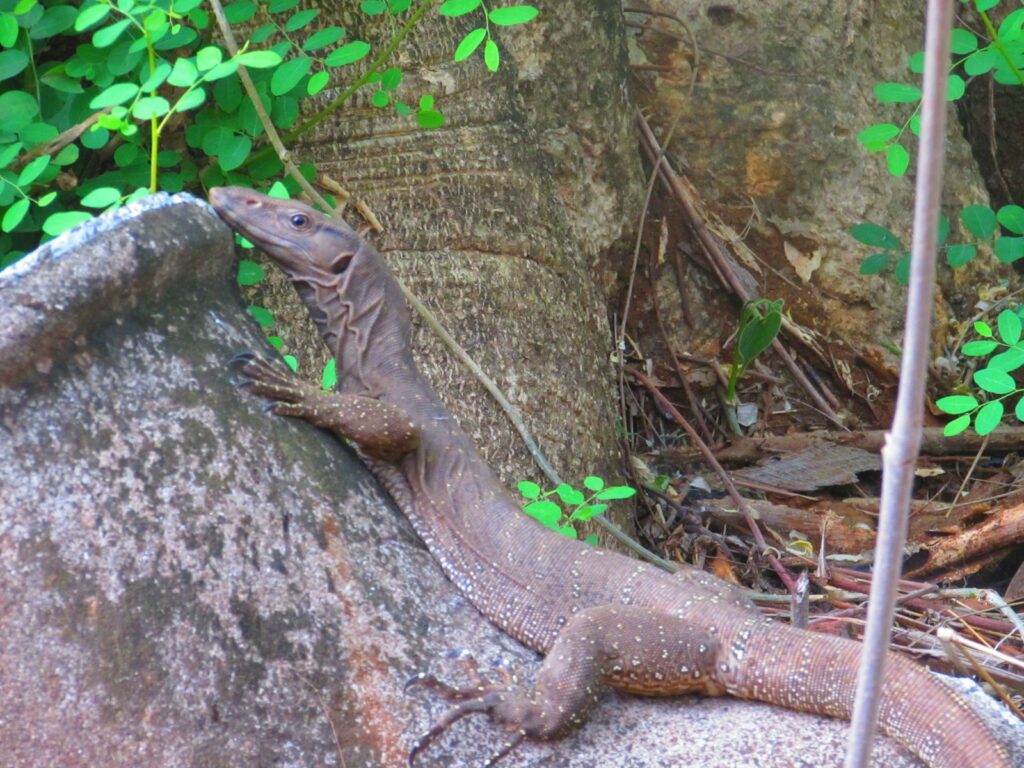
Helping your reptile adjust to their new home requires patience, understanding, and species-specific knowledge. By creating a proper habitat, respecting their need for an initial hands-off period, and gradually building a relationship based on consistency and respect, you’ll establish the foundation for a healthy keeper-reptile relationship. Remember that reptiles perceive their world differently than mammals, and what might seem like “shyness” or “unfriendliness” is often just their natural way of adapting to change. With the right approach, most reptiles will gradually become comfortable in their new environment, showing more natural behaviors and potentially even developing trust with their keepers. The time and care invested during these first crucial weeks will reward you with a healthier, less stressed companion for years to come.









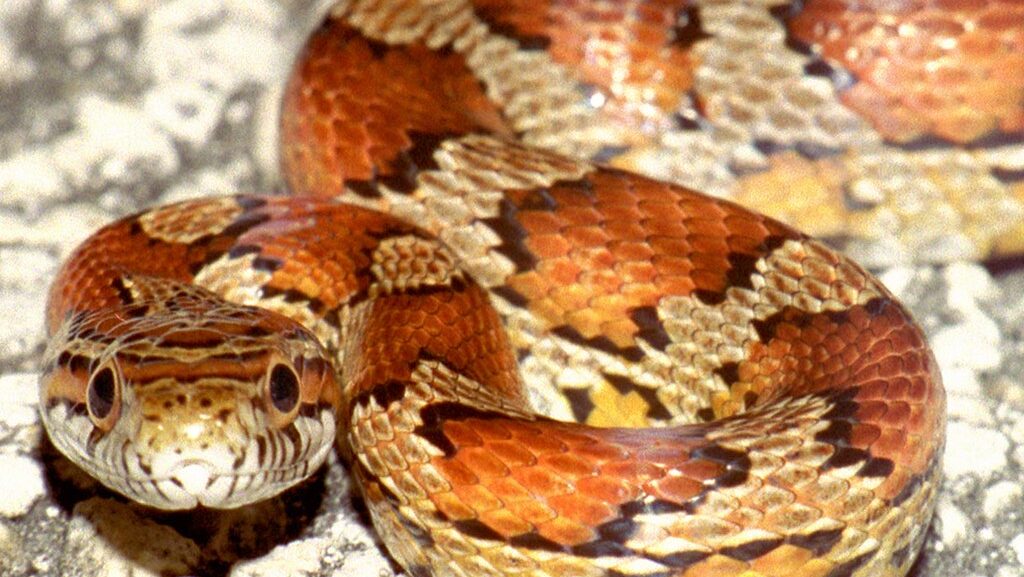
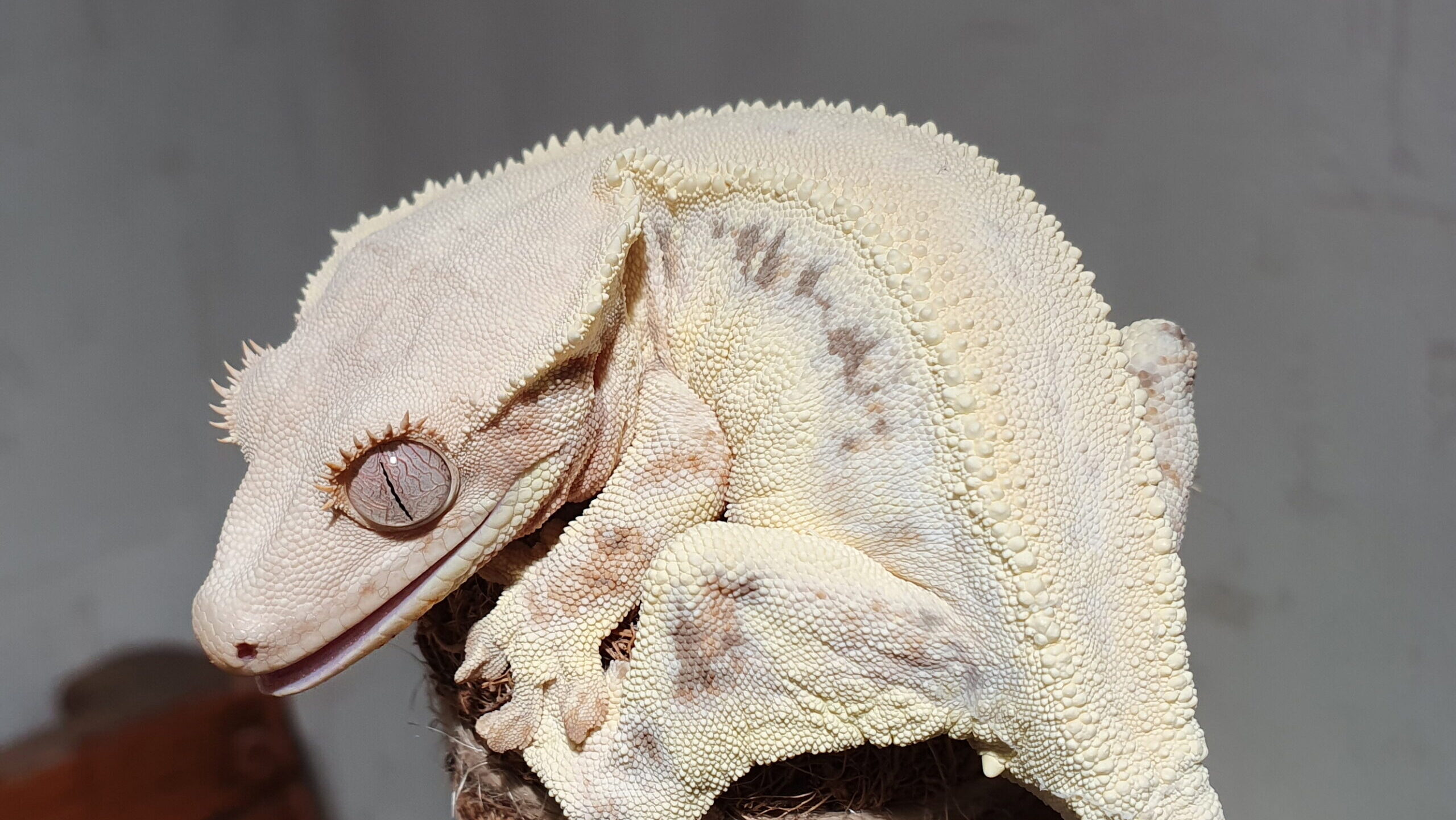





Leave a Reply